Lee Curran – Active Light
Posted on February 1, 2022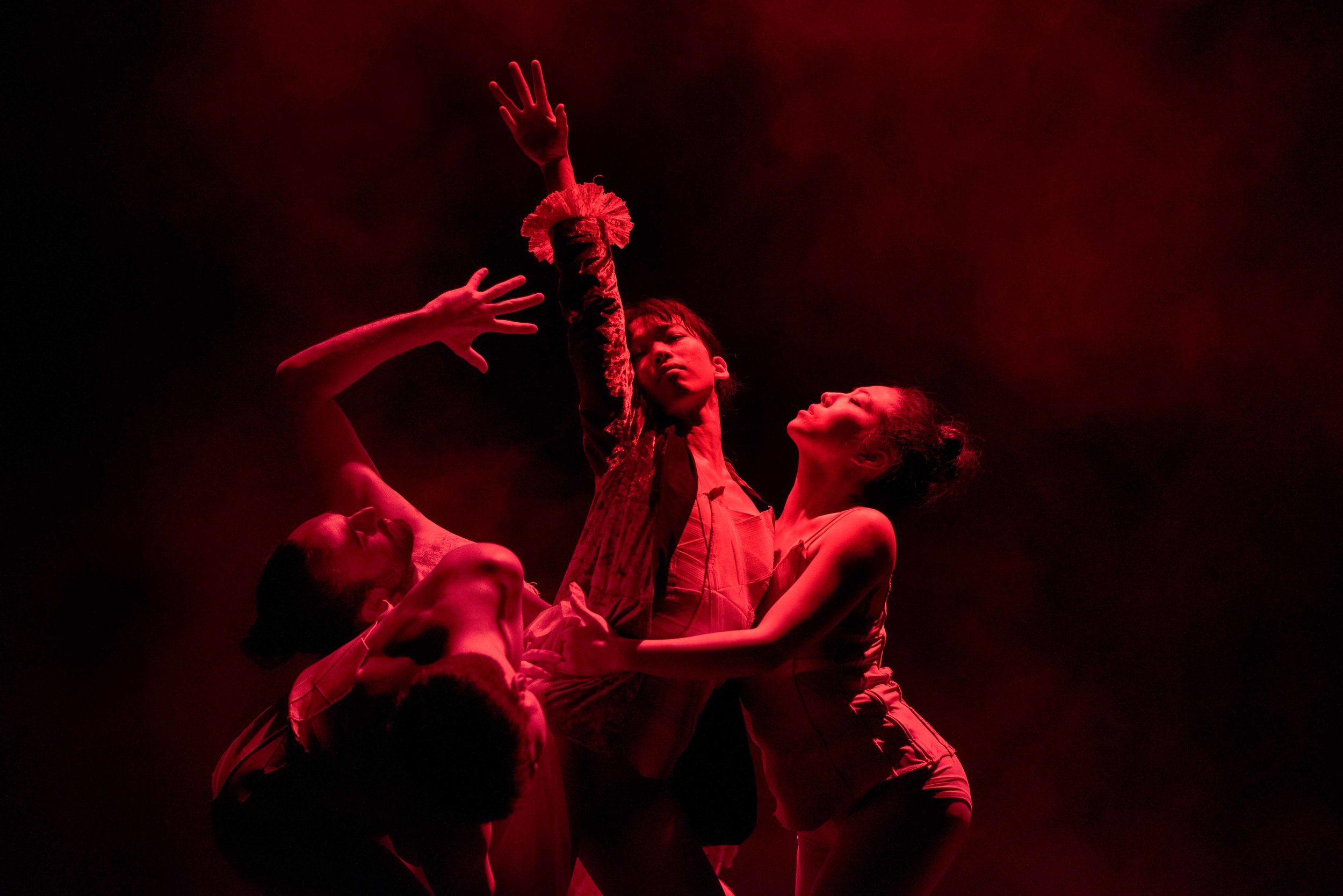
Playtexts don’t often elicit emotional responses, but when this London-based designer saw his written script for the Royal Court Theatre production of Constellations back in 2013, his heart may well have skipped a beat or two. There at the start of the document he stared at was the declaration “a change in font, indicates a change in universe.”
Years may have passed since then, and Constellations just had a revival in London, with a refresh of the set and lighting design, but Curran still recalls his reaction in vivid detail. For him, it was a message from a kindred spirit, one that reflects his design philosophy, which views lighting as more than a mere source of illumination, but an active agent that can alter emotional states as well as one’s perspective (and sometimes sense of reality!) in support of the story unfolding on stage.
Experimenting with different color combinations, weaving light and shadows together in unique ways, thinking in three dimensions, to go wherever his creative vision takes him, Curan has been ready to push lighting in new directions to make it an active part of what he calls “the language on stage.”
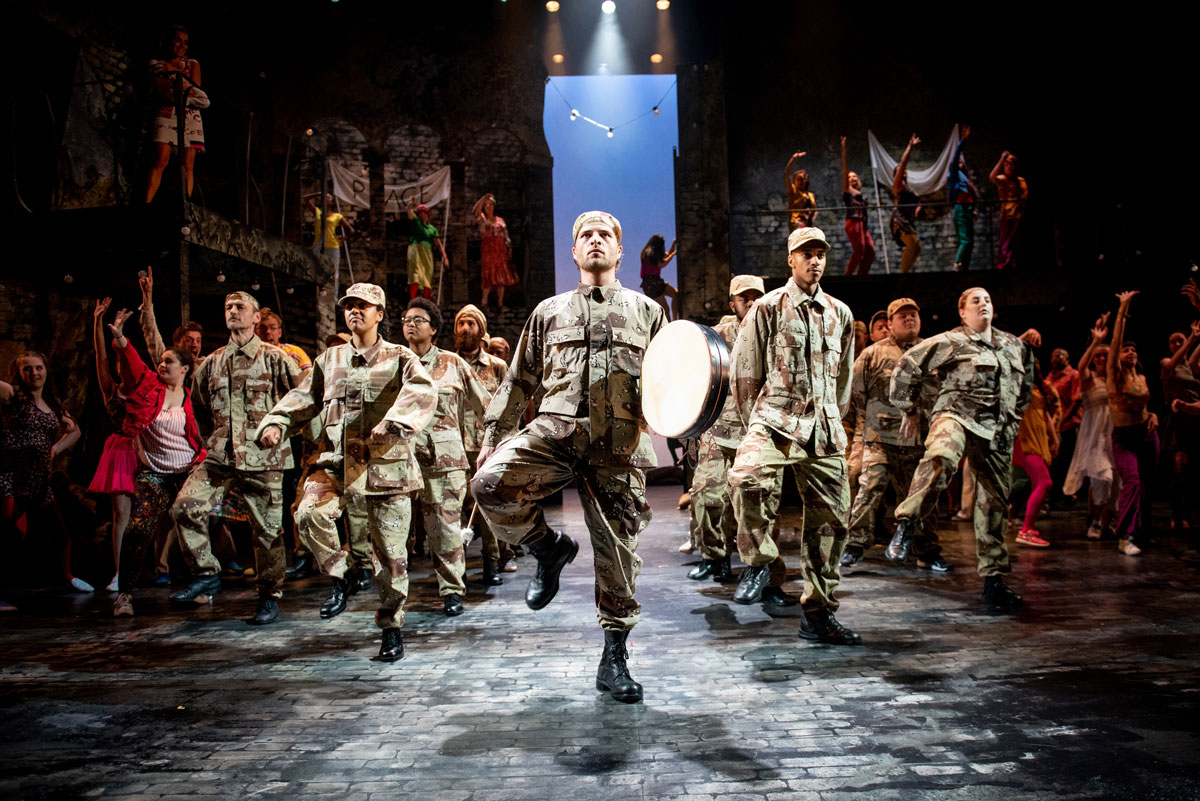
Photo: Graeme Braidwood
Much of Curran’s perspective in theatrical lighting was influenced by his early career designing for dance companies, something he still does in addition to theatre, opera, and music recitals. He has worked with artists and organizations such as Royal Court, Regents Park, The Royal Opera House, Royal Shakespeare Company, and La Scala Opera House. In 2019, Curan received an Olivier Award nomination for lighting Summer and Smoke at the Almeida Theatre and Duke of York’s Theatre. It was his third such honor. Constellations, with its inspirational playtext, earned him his first Olivier nomination.
Speaking to us while busily work on his next design, Curran shared his insights into the proactive power of light.
In much of your work, you make ample use of dark space on stage. What does darkness contribute to your designs?
“In my best designs I think we use the darkness as much as the light. Performers moving into darkness, being in boundary areas on the periphery of light are all interesting choices to make and should be part of our visual language more often than they are. I think we in theatre can learn a lot from TV and film about the breadth of visual language that an audience is willing to engage with. I still occasionally hear “If you can’t see their lips you can’t hear the words,” and other, similar, old truisms. Fair to say that I disagree.”
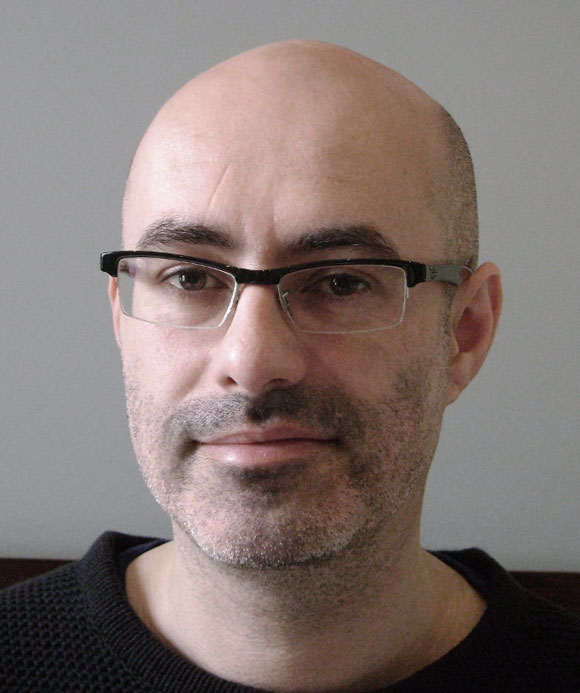 Let’s move from darkness to color. In Woyzeck you did an extraordinary job reflecting the protagonist’s slipping sense of reality by creating evocative, but often subtle color changes. Has the emergence of LED fixtures made the use of colors more accessible to designers??
Let’s move from darkness to color. In Woyzeck you did an extraordinary job reflecting the protagonist’s slipping sense of reality by creating evocative, but often subtle color changes. Has the emergence of LED fixtures made the use of colors more accessible to designers??
“LED fixtures open up the language of color in the lighting design process to an extent that wasn’t previously available. If the bulk of your rig is full colour LED, then you can use so many more variations with more fluidity.”
Is this changing attitudes toward using color?
“I think we’re a little scared of color in theatre — not musicals — at least in the UK. There’s an interesting history of Western culture’s attitude towards color in art; and it’s not generally a positive one. Often I’m the one pushing for more color, rather than having to rein it in.”
Now that the language of color as you put it, is more accessible to lighting designers are directors more likely to view lighting as playing a more active element in telling the story rather than merely illuminating actors and scenery?
“I’ve always view lighting as playing an active role, and I think the directors and designers I’ve worked with value that approach. Lighting should always be an active part of the stage language – it can communicate concepts and help tell the story.”
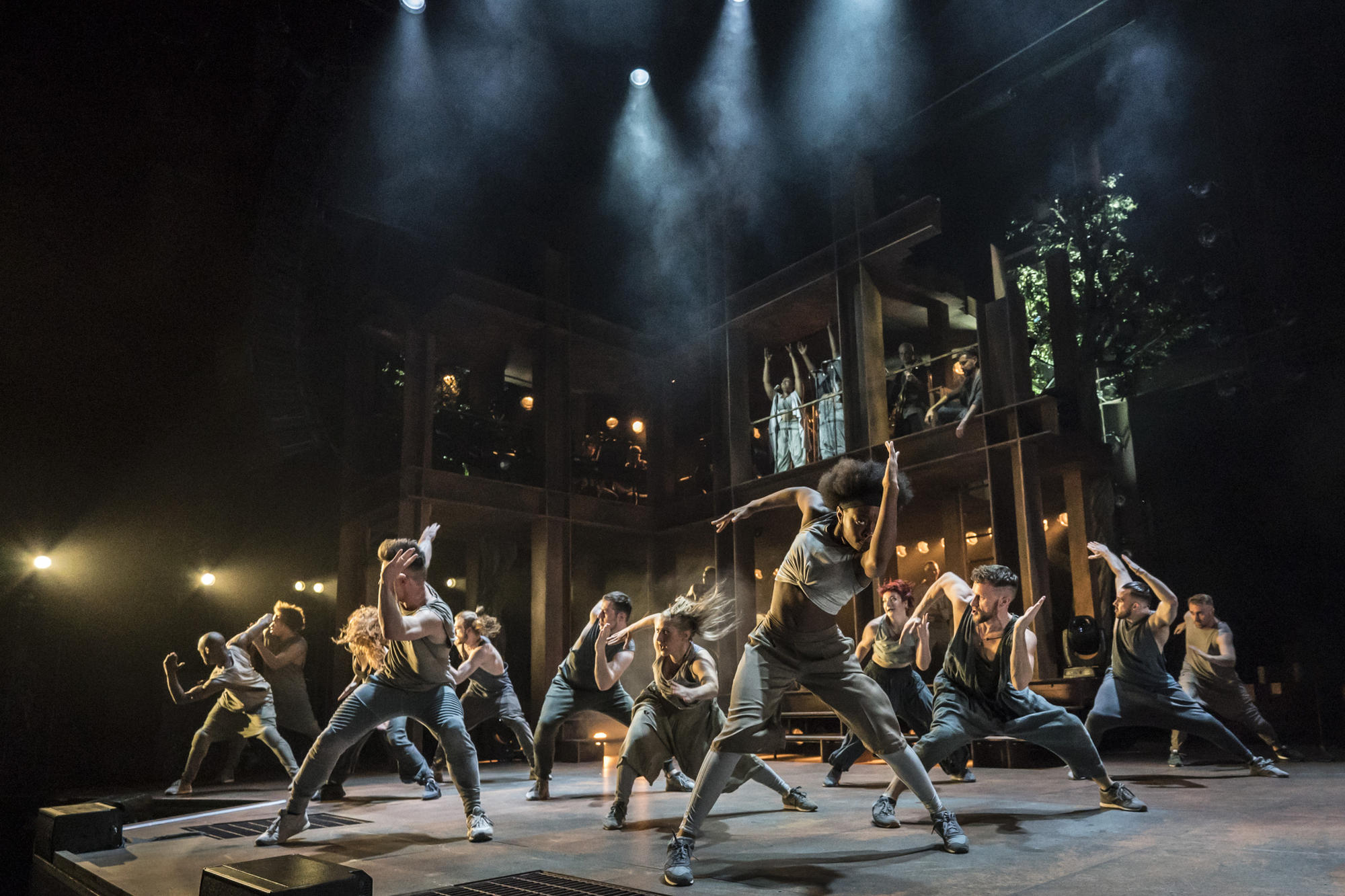
Photo: Johan Persson
What is the single most important thing you try to keep in mind at the start of every design?
“Keep an open mind. While I have personal aesthetic preferences, I can’t let my personal style stop me from making the right design decisions for any specific piece. You can’t go in expecting to recreate all your favorite looks. Sometimes it’s the right choice for a scene to look flat, or ugly — or to use a color you don’t personally like. Finding the balance between these choices and being able to express your own style is key.”
Sort of a related question, if you met someone at a cocktail party and they asked ‘what exactly does a theatrical lighting designer do?’ What would you say?
“Ha! It’s never an easy explanation. I might say ‘I decide where the lights go, what they point at, what color they are, and when they go on and off.’ It doesn’t really cover it, but no-one really wants to hear the gory, technical details, especially not at a party! In any case, the thing that usually blows people’s minds is when you tell them what the DSM on the book does – one person calling the whole show. We often take it for granted but it’s an incredible feat. Always appreciate your DSMs!”
Your lighting of Constellations in the West End was nominated for an Olivier Award. Can you tell us what made that project successful? How did lighting contribute to the unfolding of that story?
“That playtext has one stage direction at the beginning – “A change of font indicates a change of universe.” As directions go, that is pretty hard to beat! I don’t want to spoil the play for those who don’t know it, but it involves many repetitions of scenes, each with a slight (or not-so-slight) variation. The stage design, by Tom Scutt, was a brilliant abstract, open platform, slightly raised in the center of the stage, with a sculpted cluster of balloons overhead. So every single change of universe was on lighting and sound.

Photo: Johan Persson
“It might sound daunting, but from my background in dance I was used to lighting bodies in space, and the overhead sculpture became lights, atoms, sky, brain tissue, stars, honeycomb, cancer as we moved from scene to scene. We snapped in and out of transitions in perfect sync with the sound and music, and we made tiny variations to each transition and each iteration of the same scene. There were also some bigger gestures, again abstract, reflecting the mental state of a character at a certain point in the action. I got a perverse satisfaction out of having 24 large strobes in the rig, and most of them only flashed once.”
Another of your Olivier Award nominated works was Jesus Christ Superstar at the Regents Park Open Air Theatre. At points during that show, your lighting was illuminating the crowd. What are your thoughts on audience lighting? (Note: The show has long since been at the Barbican, was one of the first shows to be restaged after the first lockdown in the UK ,and has now restarted a US tour, which originally opened in 2019 .)
“On JCS the concept was to take the show back to the music. We had the band onstage, principles playing instruments and singing into handheld mics, and mic cables. Stands, flight cases and speaker cabs were used as props at crucial moments in the action. It was a logical step to approach the lighting design more as a gig than a theatre show. Lots of par cans pointing towards the audience, doing chases and pulses and blinders – they’re such an iconic look – but there were also more modern looks. No one worries about lighting the audience at an outdoor gig!

Photo: Graeme Braidwood
“However, we have to be a bit more careful when we take the show indoors, as we did at Lyric Opera Chicago. Regents Park is a big amphitheater, which meant it was easy to point beams out over the audience for the most part, and be selective about when we scanned them. Indoors, with multiple tiers of seating, you have to plot your presets and move effects very carefully to make sure no one is spending whole numbers staring down the barrel of a moving fixture. The show is coming back to the Barbican in London this summer before setting out on a big US tour later in the year, so you’ll be able to see how we’ve adapted for indoor auditoriums.”
Can you elaborate on the differences between lighting a theatrical production outdoors verses indoors?
“Oh yes. Outdoors, the bulk of the work is done after everyone else has gone home, from about 10pm until 3am. It’s an unusual process as you’re creating on an empty stage without the rest of the creative team around. The first time they see most of what you’ve been up to is in the dress rehearsal, which makes it a bit more stressful than usual. Then for each preview you’re up on the gantry with your programmer, plotting frantically during the show as it’s the only time you get to see the whole show, with performers onstage, at the right time of day (night). It’s a bit mad, but I love it.”
Earlier you mentioned your background in dance. You’ve done quite a few productions for the Royal Ballet. How does lighting dance compare to lighting theatre?
“I actually started my design career lighting for dance. I’ve worked with a number of contemporary dance companies, mainly in the UK, but also touring internationally. The main difference is that most of the dance shows I light don’t have much in the way of a set. So, as a LD you’re responsible for shaping, defining and transforming the playing area. It taught me to approach design in a conceptual rather than a narrative way. It also taught me about using light in a three-dimensional way, and the value of well-judged haze in creating those looks. Theatre lighting has been edging closer and closer to dance lighting in recent years – more and more sidelight, lower and wider FOH positions, fewer high and flat FOH positions. There have been a few occasions where directors and designers have asked me to light a theatre piece like a dance piece.
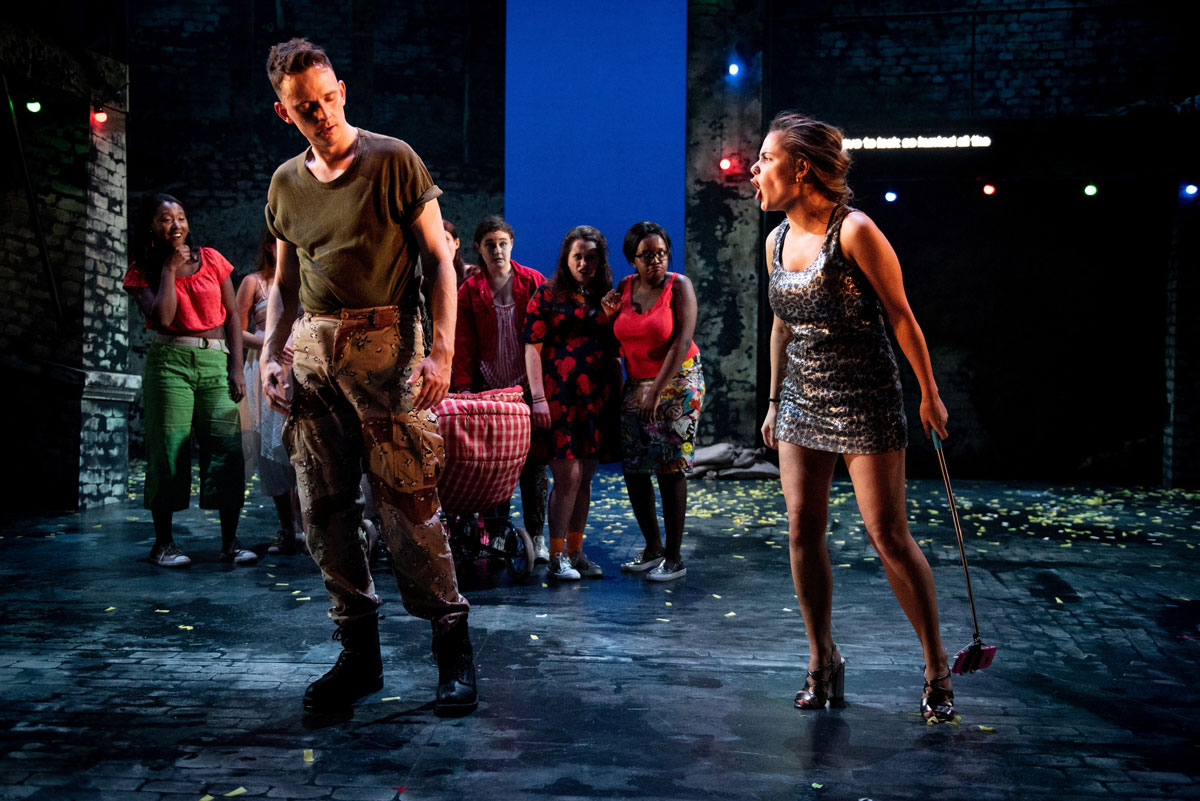
Photo: Graeme Braidwood
Did you ever light anything but theatre and dance?
“I also work occasionally in opera, and have had shows on at the Royal Opera House in London and La Scala in Milan. Hugely impressive stages, and opera gives you the opportunity to work on a scale which is rarely the case in theatre. Years ago I used to work in an arts center in London, and while I was there we did a lot of live music. I really enjoyed lighting gigs and would love to get the opportunity to do it again.”
What is the best thing about being a theatrical lighting designer?
“When you’re working with a great team, making a piece of art that will resonate with thousands of people; and you’ll have the memories of it for the rest of your life.”
How do you balance between lighting scenic elements on stage and key lighting the actors?
“It depends on the show and the scene, of course, but in general I rarely have many lights whose sole purpose is to light the set. A good example is The Son, which opened at the Kiln Theatre in London, before a West End few years ago. Directed by Michael Longhurst and designed by Lizzie Clachan, it had beautiful big white walls on three sides. For the most part, they’re lit by bounce from the lights on the actors, and there are scenes where they’re lit up by sidelights or footlights aimed at the actors. But we did have an LED profile aimed at the top half of each section of wall, which occasionally hit them with a bit of color – sometimes tying them to the windows in the upstage room, sometimes more abstract or psychological gestures.”
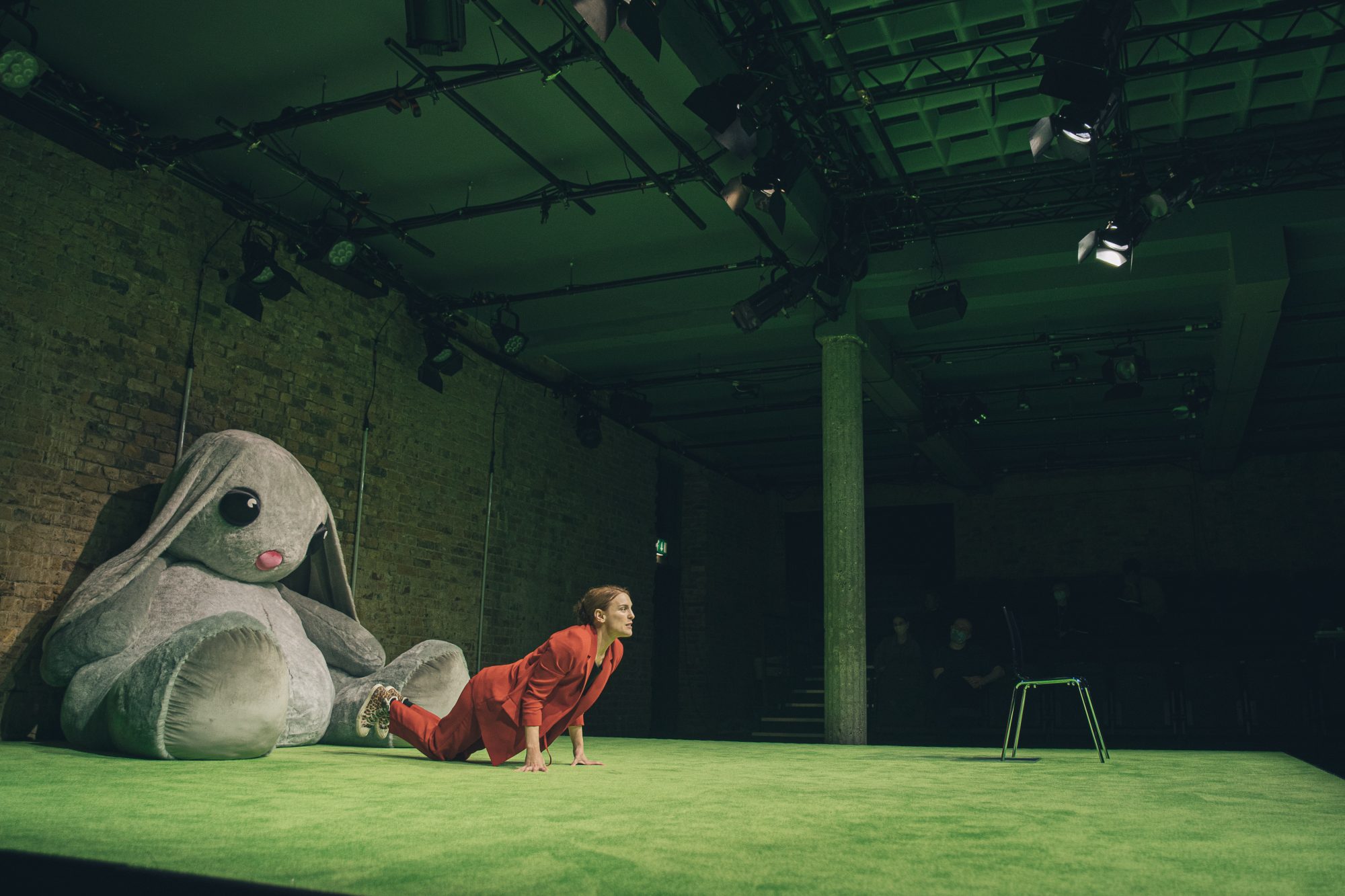
Photo: Isha Shah
On the subject of scenic elements, we seem to have a wider variety of them today. Does this impact your design philosophy?
“Not really. I think the exception is the increase in use of video projection. When you’re working on a show that’s incorporating a lot of video, then you have to make sure your approach takes account of the type of content and surfaces receiving the content. Key for me is making sure that the video designer and I are on the same page regarding colour palettes. If you’re not, it’s a surefire way for the show to look incoherent.”
Do you take a different approach to designing a comedy than other shows?
“I try not to. The old cliché of lighting comedies brighter is just that. You can make people laugh in the dark, if the other elements are right. We did that before the pandemic in Berberian Sound Studio at the Donmar Warehouse in London.”
Who were the big influencers in your career?
“I think I’d say there were three key people who got me on the path to becoming a lighting designer. I was at university, lighting shows that my fellow students were putting on, teaching myself the basics out of the old Francis Reid book (the course didn’t cover lighting design). In my second year the university hired a technician to look after our studio theatre. Gregor Turbyne had previously worked in a theatre lighting department and as a lighting designer, and he was the first person who made me aware that you could work in lighting as a career. He encouraged and advised me for the rest of my university course, and for years afterwards from when I left until I worked for a year as a technician at what was the Laban Centre for Dance (now Trinity Laban). That was a great stepping stone as I got to work with professional companies, did some small scale touring, and got to light student shows. My boss there, Steve Munn, encouraged my lighting design and helped get me my first jobs both as a lighting designer and touring with dance companies as a technician.

Photo: Graeme Braidwood
“One of these first jobs was on tour with Jonathan Burrows Group, touring a seminal piece of contemporary dance called The Stop Quartet. The lighting designer for this piece was Michael Hulls, who is now an internationally-renowned, multiple award-winning LD for dance. I learned so much from Michael, relighting his work and working with him on new creations. I also owe Jonathan Burrows a lot, as he showed a huge amount of faith in me very early in my career, touring his company all around Europe and occasionally further afield, including my first visit to New York at The Kitchen.”
How would you like to be remembered as a lighting designer?
“As an artist who made good work, and who people enjoyed working with.”